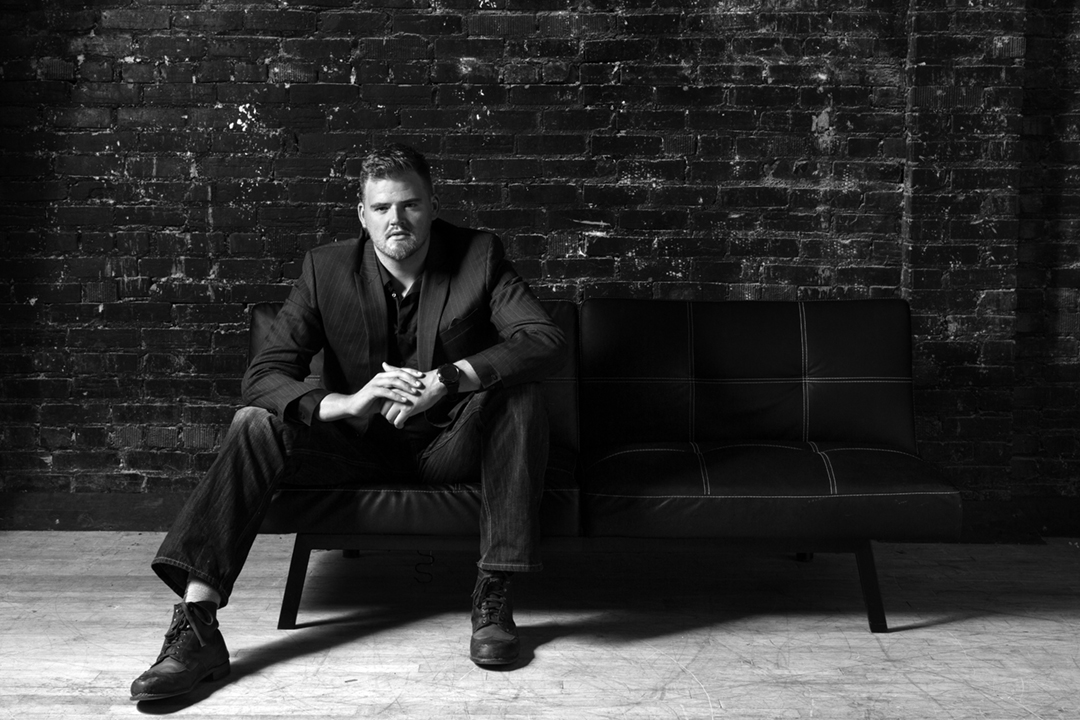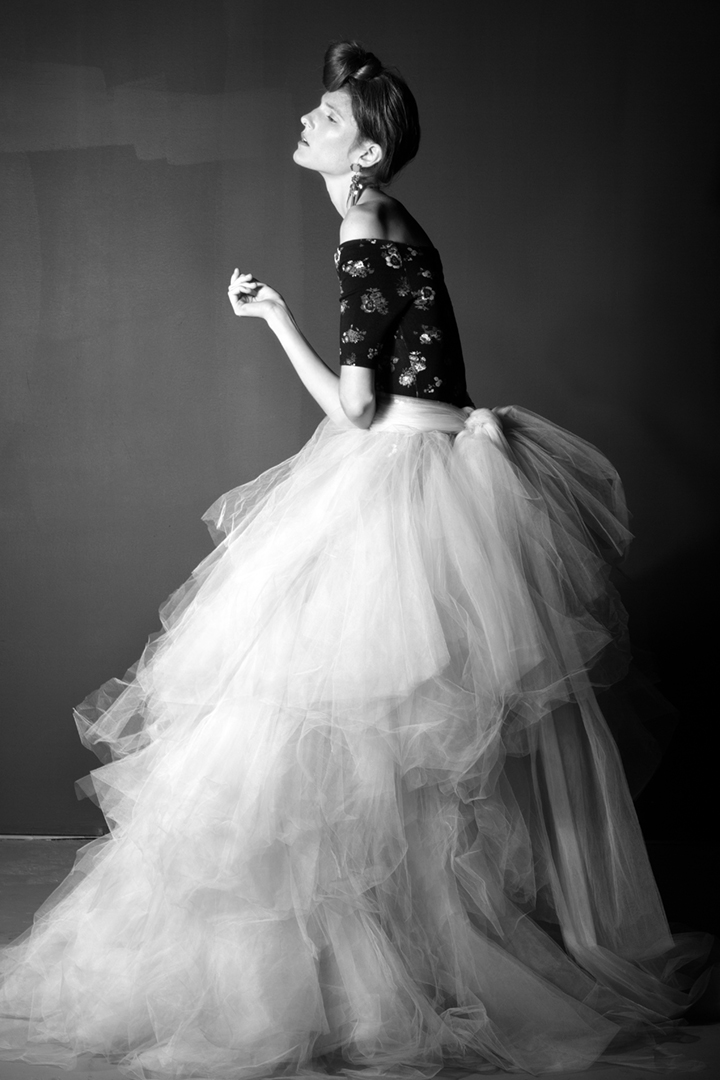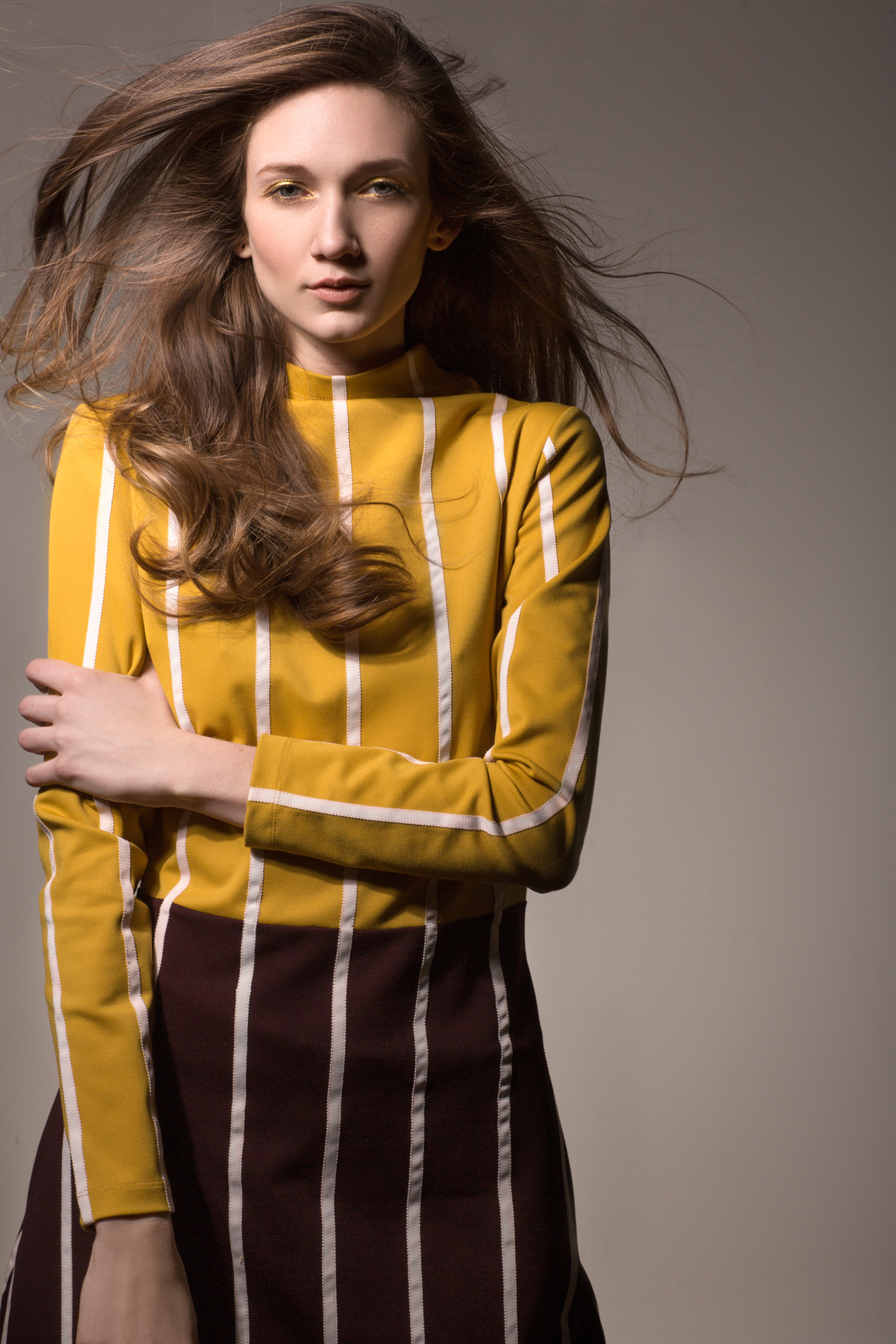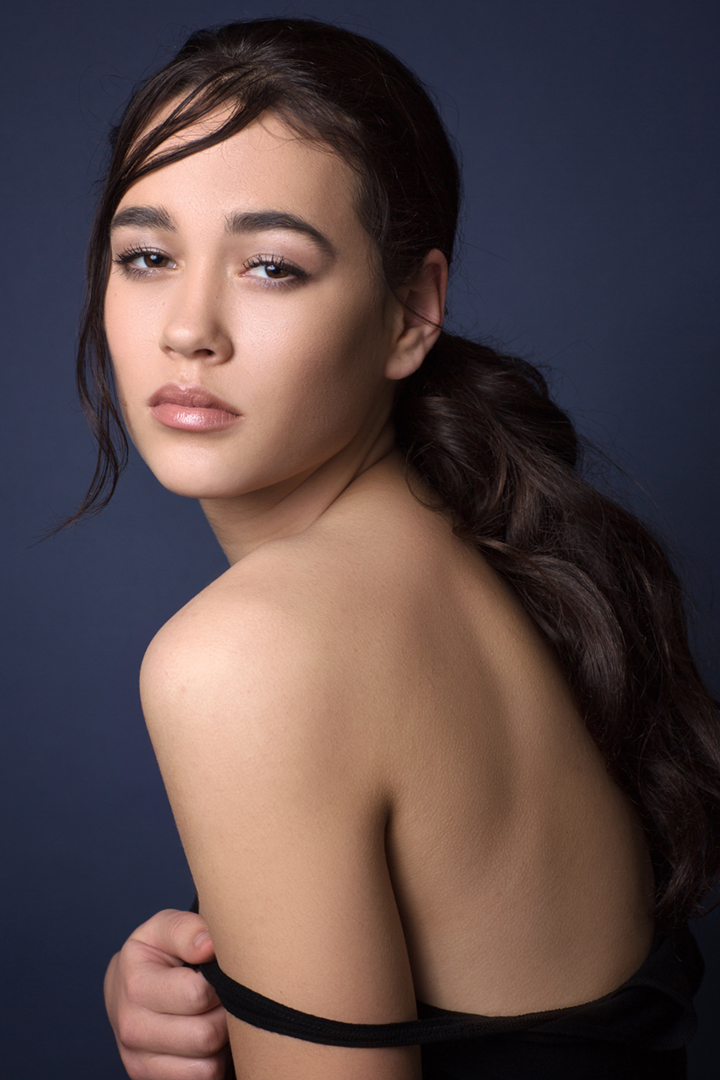Learning studio lighting is a never-ending feat that is as addicting as it is satisfying and there are no shortages of modifiers that create a minutiae of lighting patterns varying from soft light to harsh. Shoot-through umbrellas, beauty dishes, strip boxes and octaboxes are a few prime examples of modifiers that were created with specificity in mind, each with a distinctive look and functionality to be purchased separately from one another. Pricing for these tools range from $20 on up to thousands with optional accessories such as grids and socks that add range to a single modifier. We’ll get into a few of those here.
What Are Parabolic Reflectors?
Parabolic reflectors, equipped with a focusing rod, are a favorite albeit rather expensive tool in fashion and beauty photography because of their versatility and ability to cloak its subject in amazing light. They are similar to an umbrella in appearance and have the capability to throw a very beautiful light a very long distance thanks to their parabolic shape. The focusing rod functions similarly to fresnels with the flood and spot function and provides a multitude of lighting options.

The light is mounted onto the focusing rod and creates an incredible reflected light that provides very smooth gradation. Higher-end brands come equipped with a larger number of reflected panels that provide a more circular source, thus a truer paraboloid that is more efficient.
The indirect light is known for gently blanketing subjects in the defocused positions and can transition into a harder light with punchier shadows source simply by changing the position of, or ‘focusing’, the flash. The focusing rod in combination of repositioning the light several inches in any given direction creates an endless source of artistic expression.


The reflectors come in a variety of sizes with the larger sizes providing a larger light source and thus more coverage and softer transitions. That being said, don’t underestimate the smaller sizes such as the Broncolor Para 88, which is a personal favorite as they are every bit as able to provide head to toe coverage for full body images.


Parabolic reflectors can also double as a standard reflector sans the use of the focusing rod with the modifier attached to the light as such. The direct light source produces light that is reminiscent of some beauty dishes and soft boxes that can be softened with the use of a sock or hardened with available grids.


Parabolic Reflectors Pricing
The pricing for these kits start at over $2,000 for the smaller sizes and increase in accordance with the larger sizes for the major players such as Profoto, up to Broncolor and on up toBriese all of which are luxury items and simple to use. Parabolix is a company that offers parabolic reflectors without the luxury price tag. They are a little more cumbersome to set up and tear down and they require a little elbow grease.
There is also the option of parabolic umbrellas that come in at a fraction of the cost and have some of the benefits of their reflector versions. The rod of the umbrellas do allow for some focusing and defocusing and it provides a starting point for those dipping their toes in the land of paras for the first time. The old adage of “you get what you pay for” remains true with reviews of the lower priced umbrellas reporting they fall apart rather quickly with use.

Parabolic reflectors are a great addition to any studio and have the benefits of multiple modifiers in one as indicated by their cost. They are easy to learn, very fun to play around with and consistently create stunning light. The kits with focusing rods are upscale items with an impeccable build quality to withstand heavy use. Below are a few of our recommendations for both parabolic reflectors and umbrellas.
Recommended Parabolic Reflectors and Umbrellas
- Broncolor Para 88 Reflector Kit with Focusing Rod F – $3,273.20
- Broncolor Para 133 Reflector Kit with Focusing Tube – $3,548.50
- Profoto 6′ Giant Silver Parabolic Reflector – $4,680.00
- Profit Deep Silver XL Umbrella – $373.00
- Parabolix 45 Kit – $877.60
- Westcott 7′ Silver Umbrella – $99.90













